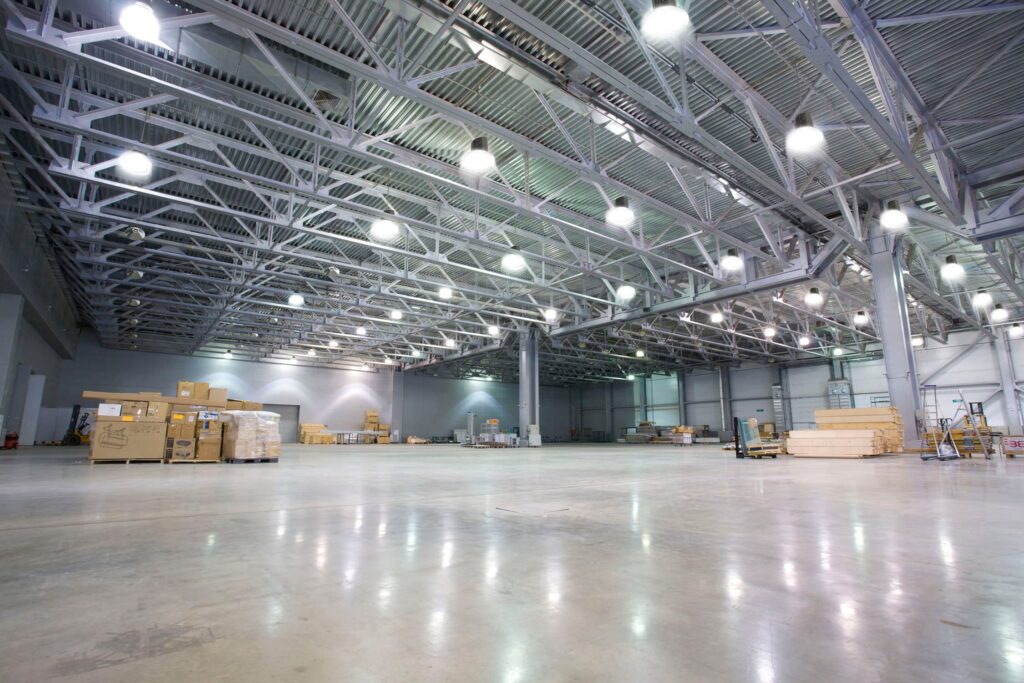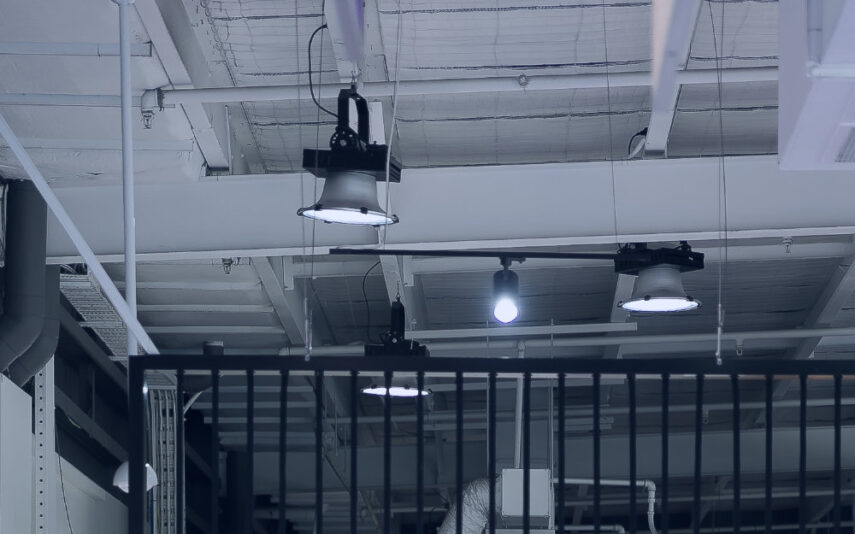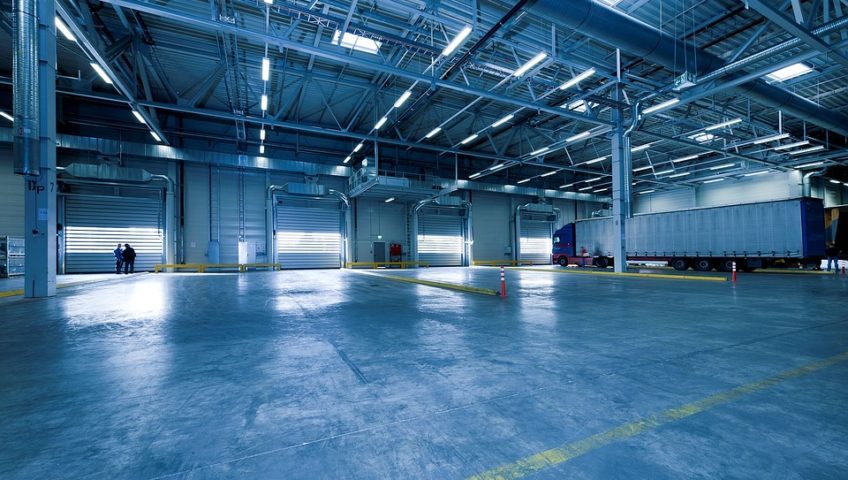When renovating your home, or buying a new one, the lighting is one of the things that you should always take as a priority, since it’s very important throughout the whole day, not just in the evenings. You also can’t do it all by yourself, since you have to hire electricians who will do all the needed things, and make it look nice and attractive. Many people today invest in LED lights, as one of the most economic ways, because it comes with an affordable price and great illumination. Also, it gives you the freedom to improvise and customize the appearance of the rooms, no matter if your ceiling is high or low, or even combined.
Even though most people believe high bay and low bay lighting options are more appropriate for commercial facilities, they can also be used at homes, especially if the owner wants a large level of brightness. If you want to go for LED lighting, you can always check Lepro, but first, it’s good to learn the differences between low bay and high bay lighting options, so you can estimate what do you really need, and how to incorporate all of that in your home or office.
Also, hiring a professional at this point is more than recommended, because just a tiny mistake can result in underlit places or even dangerous installations that often fail, and put you in danger. Bay lights are fixtures that are used for lighting in bigger facilities, but in some cases, they can be adapted for home use. But, when it comes to corporate offices, manufacturing lines, and warehouses, it depends on the ceiling height if you need low or high bay lights. And that’s the first difference between them:
1. The height

This is too obvious, but it’s the main thing that makes a difference. High bay lights are used in spaces where the ceilings are really high, like between 20ft and 40ft, which means they are mostly used for commercial facilities. No matter if you choose LED lights, neon lights, reflectors, or advanced types of bulbs, if space has a high ceiling, you need high bay lights. But, if it is less than 20ft, that’s more about low bay lights. It’s more appropriate for homes, smaller stores, retail, and every other usual facility.
2. The places where they are installed
You won’t find high bay lights in usual homes, but they are often installed in factories, airports, warehouses, public venues, schools, universities, and so on. On the other hand, low bay lights are often used in homes, private spaces, retail stores, grocery stores, and other similar facilities.
3. How are they installed in the space

Most of them are attached to the ceiling, to provide direct lighting over the working surfaces. But, it doesn’t mean they can’t be put vertically on the walls if some specific type of lighting is needed. Electricians will find the right solution in this case, because the installing is specific and demanding, and of course, pretty expensive, especially when you need to cover a large area. Keep in mind that in factories and manufacturing lines they will work through the whole day because even when it’s a day outside, these facilities should cover the whole space. It’s not the case with the low bay lights, which can either be installed on the ceilings, or on the walls, and don’t necessarily need to work through the whole day, since the facility is smaller, and may have more daylight through the windows.
4. The angle
The light beam should be focused on places and spots it needs to cover. That means if they are installed under a specific angle, the illumination can be different than when it’s focused over the heads in a straight line. You must consider these things during the planning process, especially if you think that an above-the-head solution will cause shades over the working surfaces. So, the idea about angle positions in this case sounds pretty good.
Making the right choice

It’s very simple to understand the differences between these two types of lighting since it all depends on the ceiling height. Once you determine it, it’s a lot easier to choose the lights and the installment options. It’s also good to know that for high bay lighting, you need more powerful lights because they still need to cover larger spaces and provide enough lighting to the working surfaces, no matter how high are they attached. It’s not the case with the low bay lights, because even the weaker bulbs can provide enough illumination over the surfaces we need to enlighten.
You also need to be careful when you want to cover specific angles in the space. You can’t do it all by yourself, and you really need professional help with that.
As you can see, there are some differences between these two types, but they aren’t very different at all. It’s all about the height they are installed, and how are they used.
When it comes to costs, it’s expected that low bay lights are more economic, just because they don’t need to cover large spaces, and you can find a solution with just a few of them. It’s very simple, and you must know the properties of the facility, in order to choose the right option. Also, LED lights are a great choice for both high and low bay lighting because they are cost-effective, easy to install and replace in case of damage, save a lot of money, and will decrease the bills for electricity. On the other hand, they might not be appropriate for every type of facility, so it’s pretty challenging to do it right.
Now, when you know everything about it, it’s on you to choose the right type of lighting for your facility. Remember, the main difference between these two is the height, so start with that, and then proceed to choose the bulbs, shades, and of course, designs of the pendants you will use.
Related Posts:
- Poles for Street Lights - How They Make the…
- Is there any Difference Between Mac And PC Bitcoin Mining?
- What Is The Difference Between Prizm And Polarized…
- Can Anyone Tell The Difference Between A Moissanite…
- What's The Difference Between Demo Slots And Real…
- What Is the Difference Between a Classical Guitar…







